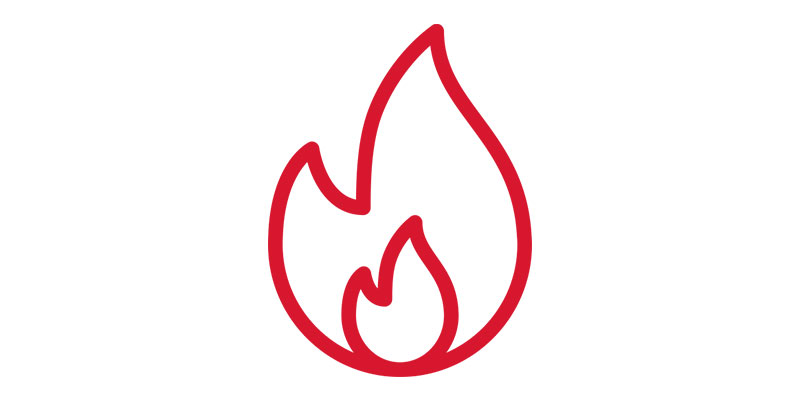For every company in Sydney Fire protection is not only legally required, it’s a vital part of keeping employees, customers, and property secured. Fires can result in massive losses within a matter of minutes. But with security measures that are put in place, many risk factors can be prevented or reduced. Regular fire inspections, periodic testing and tagging of electrical systems, and compliance with CFSP regulations all work to provide a safer working environment and ensure that businesses remain in compliance with local council as well as Building Code of Australia (BCA) standards.

Why fire inspections are the foundation of safety
Fire Inspections are the first line of defense against potential hazards. Inspections ensure that each element of a structure’s fire protection system is functioning and up to date. In Sydney companies must conduct inspections at least every six months or annually, dependent on the type of building and local regulations. Inspections can cover everything from smoke alarms to sprinkler systems and fire alarms, to hydrants, emergency lighting, and even fire alarms.
The reason inspections are so important is their capacity to uncover problems that are not obvious before they become risky. In an emergency tiny flaw on a smoke detector, or the fire hydrant’s condition could appear to be insignificant. Regular inspections for fires are a proactive way for businesses to ensure that they are meeting their legal obligations, but also protect themselves from the possibility of unplanned disasters.
Test and Tag: Addressing Hidden Electric Risks
Electrical systems are a major source of fires in the workplace. That’s why testing and labeling must be an essential part of every fire safety program. This involves checking electrical equipment for safety, function and compliant, then attaching a tag to indicate that the product has been examined. For a lot of businesses it is more than a routine requirement it’s a protection against potential risks that are often without being noticed.
If they are not checked regularly older wiring, malfunctioning appliances or worn cables could be a fire hazard. Regular testing and marking can reduce the possibility of a fault with electricity leading to an explosion. It also reassures employees that their workplace is safe, creating trust and confidence within the workplace. The combination of testing, tagging, and fire inspections creates a complete safety plan that minimizes risks on multiple fronts.
The role of CFSP in Compliance and Certification
Only a Competent Fire Safety Professional (CFSP) who is located in New South Wales, can certify and sign important documents pertaining to fire safety such as Annual Fire Safety Statements. The introduction of CFSP accreditation has raised the standards of fire safety by ensuring only qualified professionals assess and verify safety measures. For those who own businesses, having the CFSP implies that reports and inspections are not just standard paperwork but dependable evaluations conducted by experts.
The CFSP’s work goes beyond simply checking boxes. These experts provide thorough reports and confirm compliance to the regulations. Businesses without CFSP certification are at risk of legal repercussions, fines or even closure if fire safety measures are found to be inadequate. By partnering with accredited professionals, you can ensure that the fire safety systems are in place correctly and that compliance obligations are fulfilled without stress.
Fire Safety as an ongoing Commitment
Fire safety is an ongoing requirement for every business owner. The safety cycle will never end with regular inspections, testing electrical systems on a regular basis, and certifying under CFSP supervision. This approach is not only legal, but also creates a safer environment in the workplace. Employees are reassured that evacuation plans clearly laid out are in place and smoke alarms work, emergency lighting is tested and fire-fighting systems are in place for use.
In focusing on fire safety as an ongoing procedure and not merely a checklist to check each year Businesses can cut down on risks while also enhancing their reputation. Clients and customers feel more safe in an environment where safety is clearly emphasized. Long-term, proactive protection against fire can save cash by avoiding costly damage and legal disputes, as well as fines. It also safeguards every person in the structure.
Conclusion
Sydney’s fire safety program is an intricate process that includes inspections tests, tagging, and testing as well as an official certification by an CFSP. Every element plays a critical role in ensuring businesses are in compliance with the law and, more importantly, in ensuring that properties and individuals are secured. Companies that place safety as a priority in their operations and not just a side note will meet their legal obligations as well as create a more stable, secure environment.